VTEC Revolution: Is the Honda K-Series the next Small Block Chevy?
For the last 50 plus years, the most popular engine swap option for street machines, hot rods, race cars, daily drivers and everything in between has without a doubt been the small block Chevy V8.
Whether it’s the classic small block or the modern LS and LT engines, these GM V8s were used in millions of production vehicles and have been swapped into just about every type of vehicle imaginable.
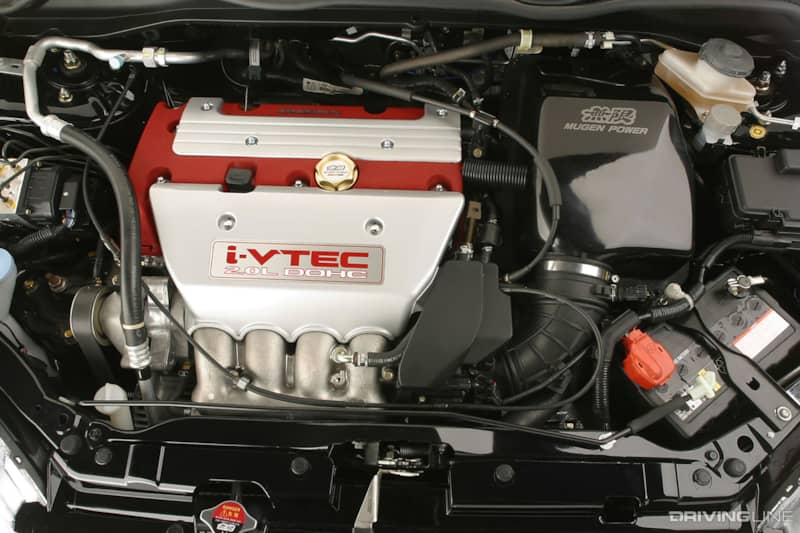
And while the popularity of the Chevy V8 swap shows no signs of slowing, the import and tuner market has begun to develop a “small block Chevy” of its own in the form of the Honda K-series four-cylinder engine. Here are some reasons why the K-series has become so dominant.
Supply
The Honda K-Series first appeared back in 2001, and now nearly 20-years later it has become one of the most ubiquitous Japanese engines out there.
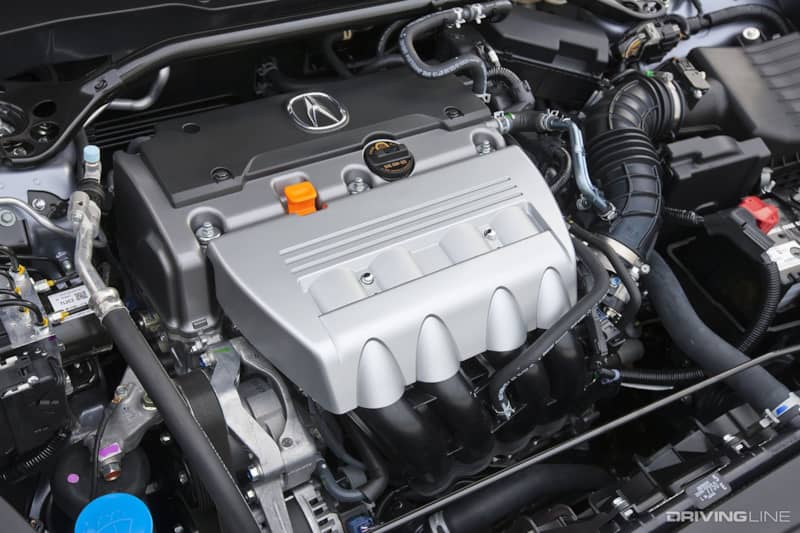
While the high-revving K20A appeared in cars like the Acura RSX and Honda Civic Si, the 2.4 liter K24 is even more plentiful in the US market where it’s powered millions Accords, CRVs, TSXs and many other Honda and Acura products.
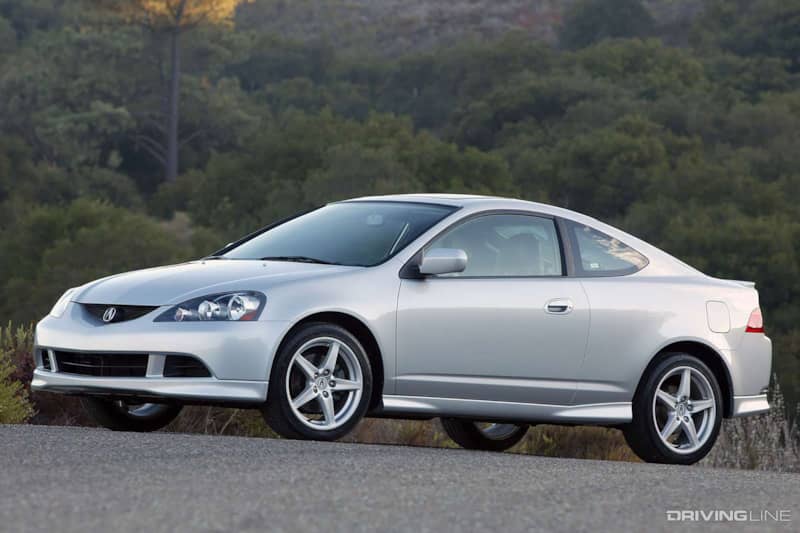
That means of course that there is no shortage of second hand engines to source for a potential swap. And, if you are looking for a K-series engine, even more sporting in nature, you can find JDM engine sets from a variety of Civic and Integra Type R models.
Power Potential
Like the aforementioned small block Chevy, the Honda K-series enjoys both extensive aftermarket support and extremely high performance potential. Straight out of the box, a K20 or K24 engine delivers a healthy amount of power for many light weight vehicles, with the Type R-spec engines making as much as 230 hp—naturally aspirated.
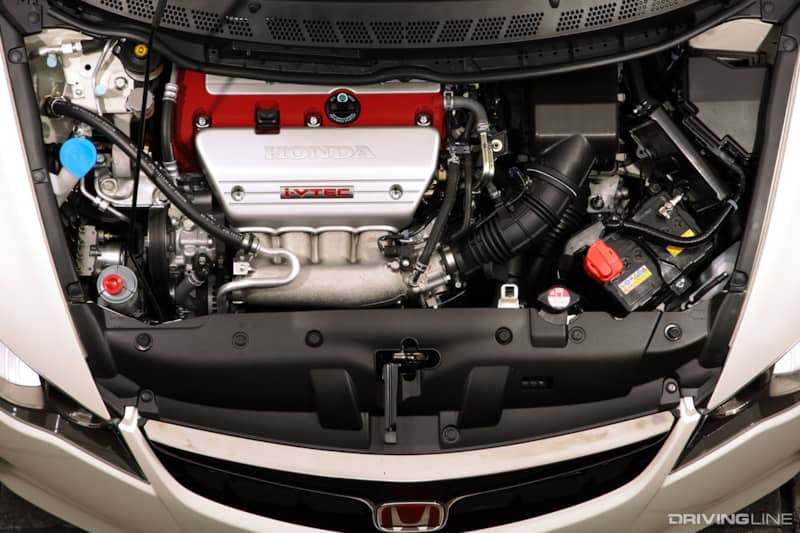
Things get even better with simple bolt-on upgrades and the K-series in particular responds very well to computer tuning, with companies like KTuner and Hondata allowing for substantial power increases on NA K-series engines. If you want to stay NA you can go even further, with cams, headwork and individual throttle bodies to make high RPM power in that traditional Honda way.
Or, if ultimate power is your goal, the K-series offers no shortage of options when it comes to forced induction. From superchargers and entry level turbo kits all the way up to fully-built and heavily boosted race setups.
Swap Time
While Honda enthusiasts realized the potential of the K-series engine as a swap choice for older Honda models long ago, its cost-effectiveness has only improved since then.
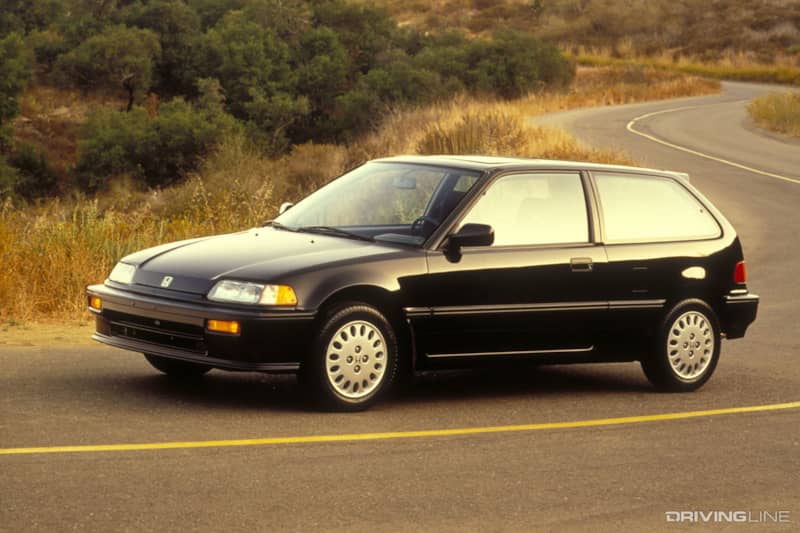
These days there are countless options when it comes to motor mounts, wiring harnesses and with the abundance of second-hand engines, K-swapping an older Honda has never been easier or cheaper.
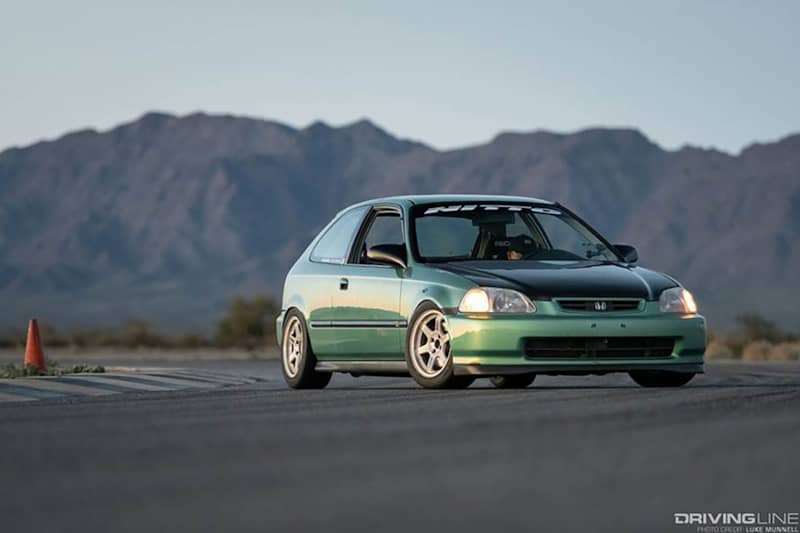
A big part of the appeal of Hondas and Acuras from the '80s and '90s is the LEGO-like way in which they can be built and modified, and the K-series just makes all that better. It's hard to argue the potential of some of a lightweight Civic or Integra with double wishbone suspension and a modern K20 or K24 under the hood.
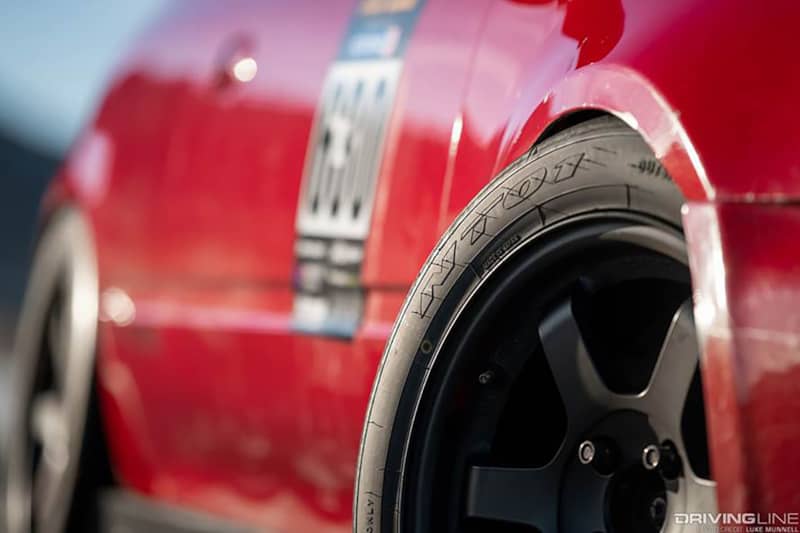
Not Just for Hondas
What truly makes the K-series engine rise beyond just being a popular Honda engine is the fact that in recent years, owners of other types of import vehicles have begun using the K-series as a swap option—including both front and mid-engined rear-drive cars.
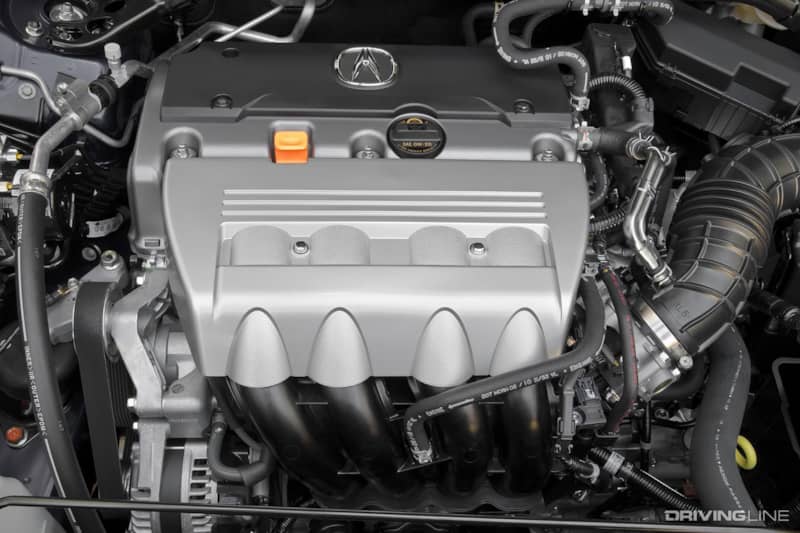
Take the Mazda Miata for example. It's a car that needs no introduction and is beloved for its upgrade potential. Recently, more and more Miata owners are discovering the benefit of the Honda K swap and a company called KMiata makes a number of complete K-swap packages to convert the K-series engine for use in a RWD Miata.
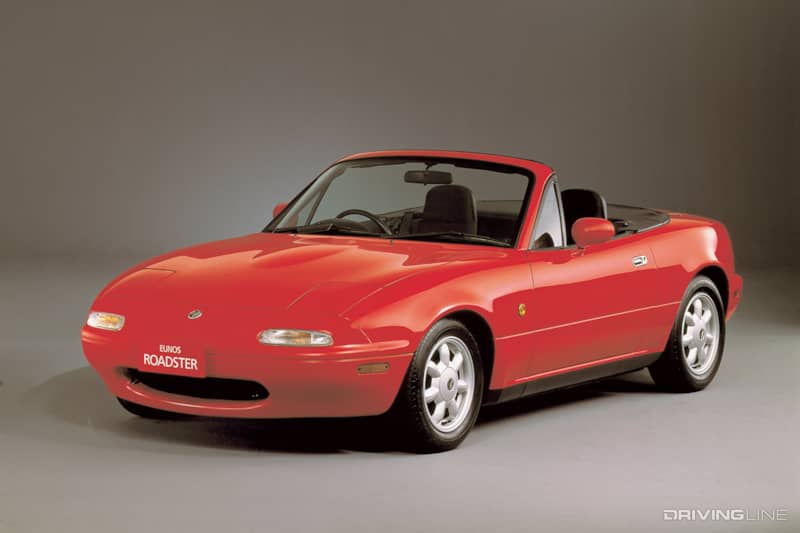
The Nissan S13 and S14 240SX are another popular rear-drive platform that has K-series swap options available. In both the 240SX and the Miata, the most common transmission is a BMW ZF manual gearbox which are also plentiful and cheap on the second-hand market.
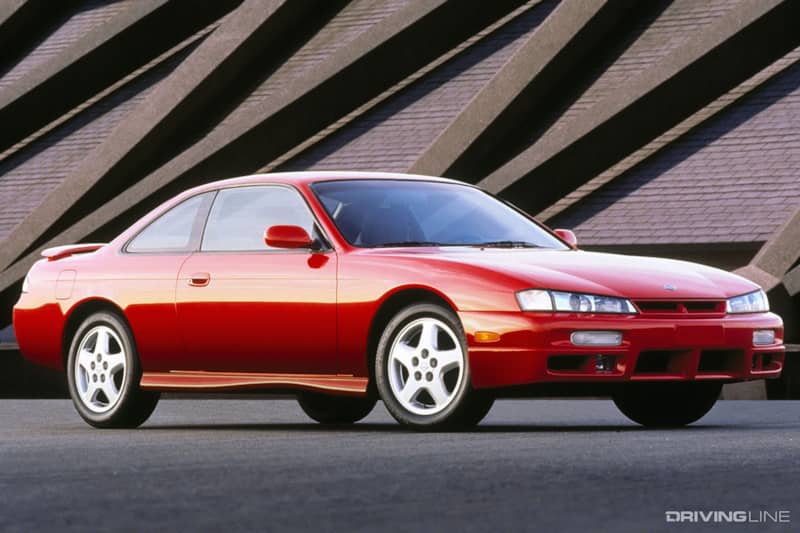
Not to be left out are mid-engined cars like the Toyota MR-2. A K-swap into a mid-engined car is actually more straightforward because you are basically just moving the whole engine and transmission setup from the front to the rear, and a companies currently offer swap kits for both the SW20 MR2 of the 1990s and the MR2 Spyder of the 2000s.
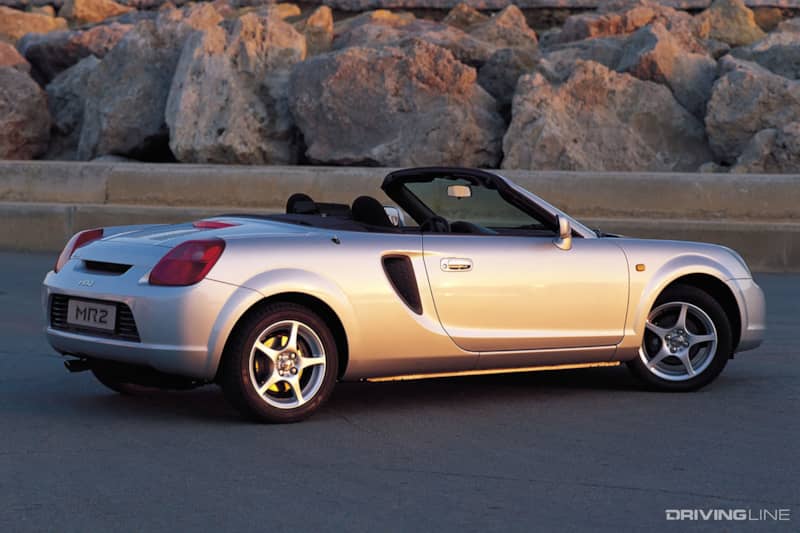
While chances are the Honda K-series isn't going to knock out the small block Chevy as being the world's most-swapped engine, it nonetheless has emerged as the small block of the Japanese import world and we only see its popularity increasing in the years to come.
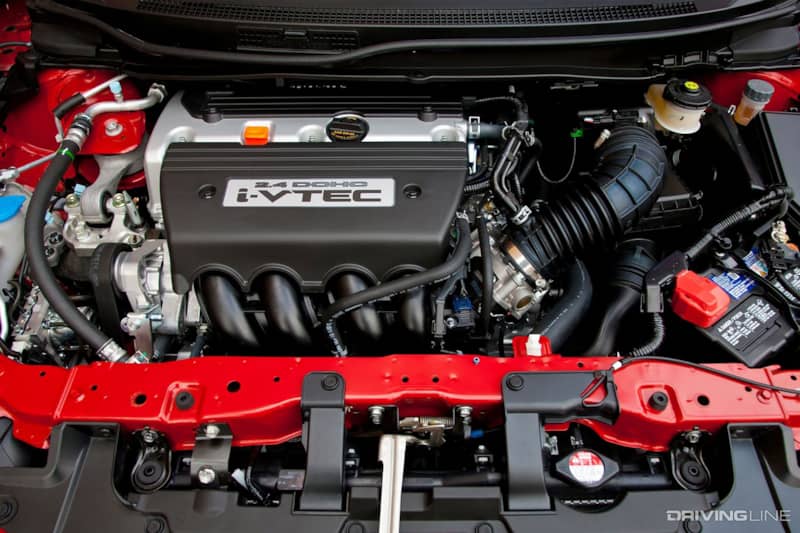
And if you were wondering just how potent a K-swapped vehicle can be in a track setting, check out our Ride of the Week feature right here.







